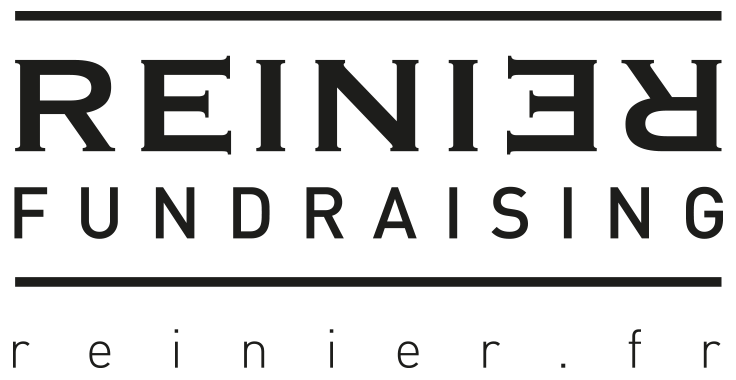Climate change needed for donor centric fundraising!
Recently I had dinner with the 5 fastest growing fundraising organizations in The Netherlands. We were going to look beyond the market figures and get into the qualitative side of these organizations.
Why is it, that these organizations are so good in fundraising? At our dinner we had decades of experience around the table. In this post I want to focus on one particular part of the discussion that I’m sure resonates with many of you.
Frits Hirschstein
Frits Hirschstein, founder and Executive Director for KiKa (charity for children with cancer) said something that was already on my mind. We were talking about what obstacles his charity faced in growing even faster. It sounds strange to talk about growing even faster if you know that KiKa has grown at an average annual rate of 25% 4 years in a row…
So what is holding KiKa back to grow even faster? Frits explained:
“As a barrier to further income growth I’d like to point out the image of the charitable sector. Donors are more and more suspicious of charities, because some of them spoil it for the rest. In a way the whole sector is being held accountable when one organization screws up. And that is frustrating. If charities would be more transparent, many problems would be solved. This negative image has an impact on the organizations that are doing terrific work, and that’s very unfortunate.”
I totally agree with Frits. The charity sector is seen as one entity, at least in The Netherlands; if there is a crisis in one charity, the cancelations go up in many others. So, if the fundraising sector as a whole improves its services, this could contribute to all of us. Instead of having a negative impact, we can actually contribute to each other’s success.
The key word in the former paragraph is WE. To create a more philanthropic climate in a specific market more charities need to change. You can’t do this by yourself. The one perfect charity, that engages with their donors in such a way that we’re talking about truly genuine charity-donor relationships (assuming this is the best recipe for maximizing sustainable fundraising), is both hard to find, and will never change the entire market.
What needs to happen? I think every charity needs to put the donor in the center of their universe. The donor makes it all happen. We share the same vision and values, but without the donor we would be nowhere. Without the donor, the Haitian earthquake would have killed hundred thousands more in the aftermath. Without the donor, Indonesian rain forests would have been destroyed already. Without the donor, no charity. We need to start appreciate the donor, and we need to do it yesterday.
Photo: Oxfam Novib
An example. There is an obvious temptation to recruit large numbers of donors, and you should, but be aware of the supporter journey that starts right there. That’s where quality should kick in. That first experience you give to your donors is crucial in shaping the perception of your own organization, but of other charities as well, and thus the philanthropic climate.
There are all sorts of fundraising programs that do just that, donor centric fundraising. But most of the fundraising programs out there are servicing and engaging with only a small part of their donors.
How come my most successful direct mailing in an emergency situation only had 30% response from our active donors? In other words: 70% of my donors didn’t want to donate, even in times of the biggest humanitarian crisis of our time and during the holiday (giving) season. 70%!? If you are in a situation of life and death yourself, and you ask your friends for help, I hope you get more response than 30%…
As fundraisers we are used to getting a NO. In fact, most of our response is a NO. Let’s change the climate, let’s appreciate our donors and go for 70% response. And let’s do that together.
[This post is slightly adapted from a post that first appeared on 101fundraising.]


